Tan Lac district is a land that preserves unique and distinctive traditional cultural values of the Muong ethnic group, clearly demonstrated through traditional festivals such as: Muong Bi Khai Ha Festival, Ke Pagoda Festival, Lo Son Commune Traditional Stream Fishing Festival... These festivals not only have spiritual significance but are also an opportunity for visitors to learn more about the customs, beliefs and daily life of local people.
In the area, there are also many scenic spots recognized as national monuments such as: Thac Bo cave, Hoa Tien cave, Bung cave (Suoi Hoa commune), Nam Son cave (Van Son commune), Muong Chieng cave, Muoi cave (Man Duc town) and provincial historical and cultural relics: Luy Ai hamlet temple (Phong Phu commune), Cot Co mountain, Trang waterfall (Nhan My commune)... These are places not to be missed for those who love to explore wild nature, experience trekking and camping.

Dao village, Sung hamlet, Cao Son commune, Da Bac district develops community tourism, attracting tourists
With its natural and cultural advantages, Tan Lac district has great potential to develop various types of eco-tourism, cultural tourism, community tourism and experiential tourism. Recently, the operation of Ngoi Hoa Eco-tourism Area - PriorBay Resort in Suoi Hoa commune with many different resort tourism products has become a prominent destination, creating a special attraction in Hoa Binh Lake Tourist Area.
Thanks to the implementation of many synchronous solutions and effective exploitation of potential, Tan Lac district tourism has had positive changes. In the first quarter of 2025, the total number of tourists to the area reached 153,230 (4,980 international visitors, 148,250 domestic visitors). In the near future, Tan Lac promises to become an attractive destination - where nature converges, culture shines and unforgettable experiences for domestic and foreign tourists, contributing significantly to the development of the local socio-economy.
Da Bac district is a locality planned to be included in the Hoa Binh Lake National Tourist Area. With a lake surface of more than 6,000 hectares belonging to the Hoa Binh hydroelectric reservoir, many large and small islands and forests stretching, many rich aquatic species, and a waterway from Hoa Binh city through Da Bac to Son La, the district has great potential for economic development, especially tourism.
In recent years, Da Bac district has focused on promoting its potential, attracting investment, encouraging tourism development, making Da Bac a tourist destination of interest to many domestic and foreign tourists.
In addition to exploiting the advantages of natural beauty, the district directs agencies, departments, branches, Party committees, and local authorities to develop various types of tourism, focusing on improving the quality of typical tourism products, linking spiritual tourism with cultural tourism, resorts, and entertainment activities.
Developing tourism associated with preserving and promoting the value of cultural heritage of ethnic groups, natural heritage, landscapes, ecological environment; developing green tourism products, friendly to the environment. Improving the quality of community tourism products associated with developing production models applying ecological farming processes, focusing on building new tourism products, with unique characteristics of the locality to attract tourists. Currently, some community tourism spots of the district have been named on the tourism map inside and outside the province such as: Sung hamlet (Cao Son commune), Ke hamlet (Hien Luong commune), Duc Phong hamlet (Tien Phong commune) ....
Along with that, Da Bac is endowed by nature with abundant resources, especially land and forest resources. Phu Canh Nature Reserve covers an area of over 5,000 hectares, of which natural forests account for over 90%, and is located in 4 communes: Doan Ket, Dong Chum, Dong Ruong, Tan Pheo, creating favorable conditions for the development of ecotourism. In addition, in order to exploit the advantages of customs and cultural beauty of the Tay ethnic group, the district directed the specialized department to survey and develop a project to preserve the culture of the Tay ethnic group to develop community tourism.
In 2024, the total number of visitors to the district will reach over 266,000, including 257,580 domestic visitors and over 8,430 international visitors. Tourism revenue is estimated at 114,679 million VND.
Cao Phong district also has great potential for tourism development thanks to its diverse terrain, temperate climate and rich natural resources, gradually affirming its position on the national tourism map. Cao Phong is known as one of the four ancient Muong regions of Hoa Binh province, with beautiful natural landscapes, majestic mountains, hydroelectric lakes, old forests, unique ethnic cultural identity and many historical and cultural sites.
In recent years, Cao Phong has done a good job of promoting awareness among officials and people about the position, role and importance of tourism in the socio-economic development of the district; promoting the orientation of developing tourism into a key economic sector of the province and district. At the same time, focusing on planning, investing in infrastructure, attracting investment, and building tourism products to meet the needs of tourists.
Cao Phong also prioritizes investment in building, expanding, and upgrading the inter-commune and town road traffic system; expanding and upgrading the power grid system. Postal and telecommunications enterprises upgrade internet connection lines, mobile phone coverage to all areas in the district, and install 4G networks at tourist spots in the area.
A typical example is Mung hamlet (Hop Phong commune) about 10km from the commune center. Previously, the road to the hamlet was steep and difficult to travel. The main source of livelihood of the people was growing corn, cassava, rice on terraced fields or relying on the forest to live. Thanks to the attention of the State and authorities at all levels, from a remote area, Mung hamlet has now "changed its skin", becoming a community tourism destination attracting visitors.
To develop sustainable tourism, the authorities of Hoa Binh province have implemented many synchronous solutions, effectively exploiting the tourism potential of each locality, thereby attracting tourists to explore and experience, contributing to promoting local socio-economic development.
Source: https://bvhttdl.gov.vn/suc-hut-dac-biet-tu-du-lich-hoa-binh-20250417141544593.htm


![[Photo] Prime Minister Pham Minh Chinh receives Mr. Jefferey Perlman, CEO of Warburg Pincus Group (USA)](https://vstatic.vietnam.vn/vietnam/resource/IMAGE/2025/4/18/c37781eeb50342f09d8fe6841db2426c)
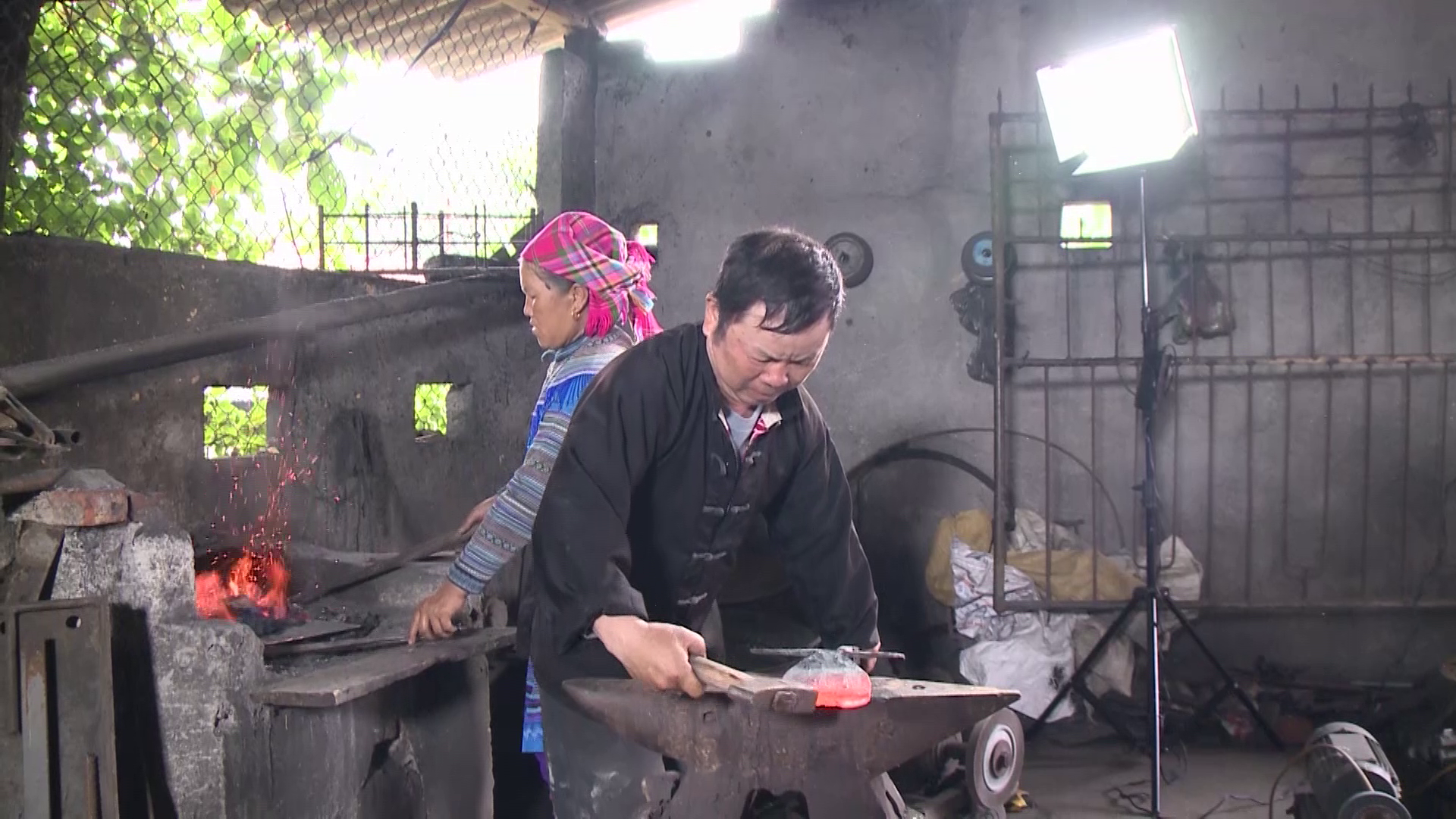



![[UPDATE] April 30th parade rehearsal on Le Duan street in front of Independence Palace](https://vstatic.vietnam.vn/vietnam/resource/IMAGE/2025/4/18/8f2604c6bc5648d4b918bd6867d08396)
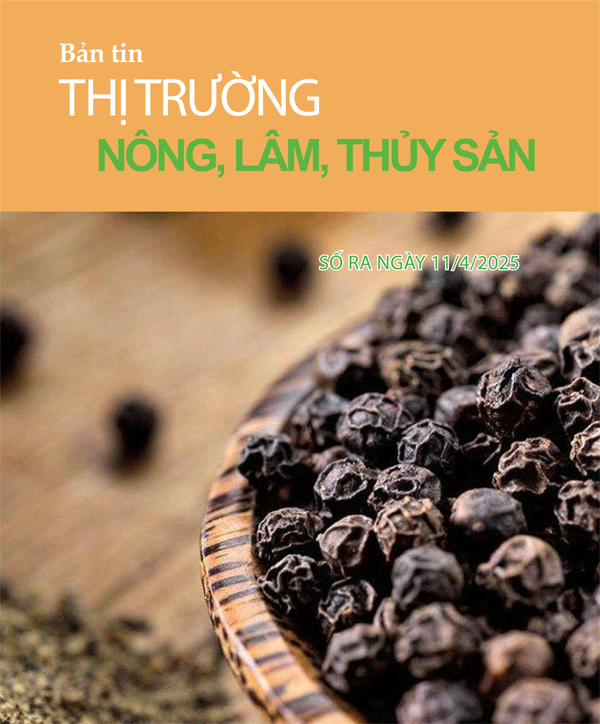
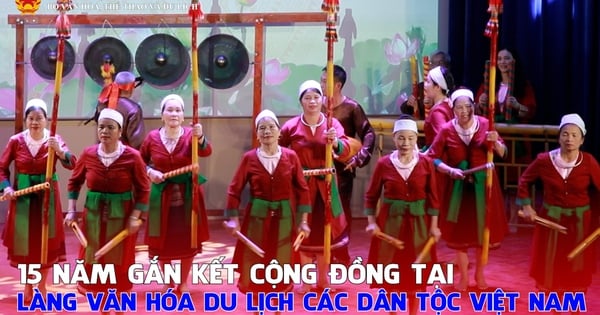
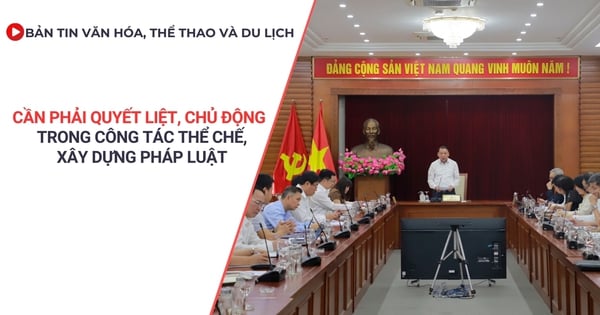

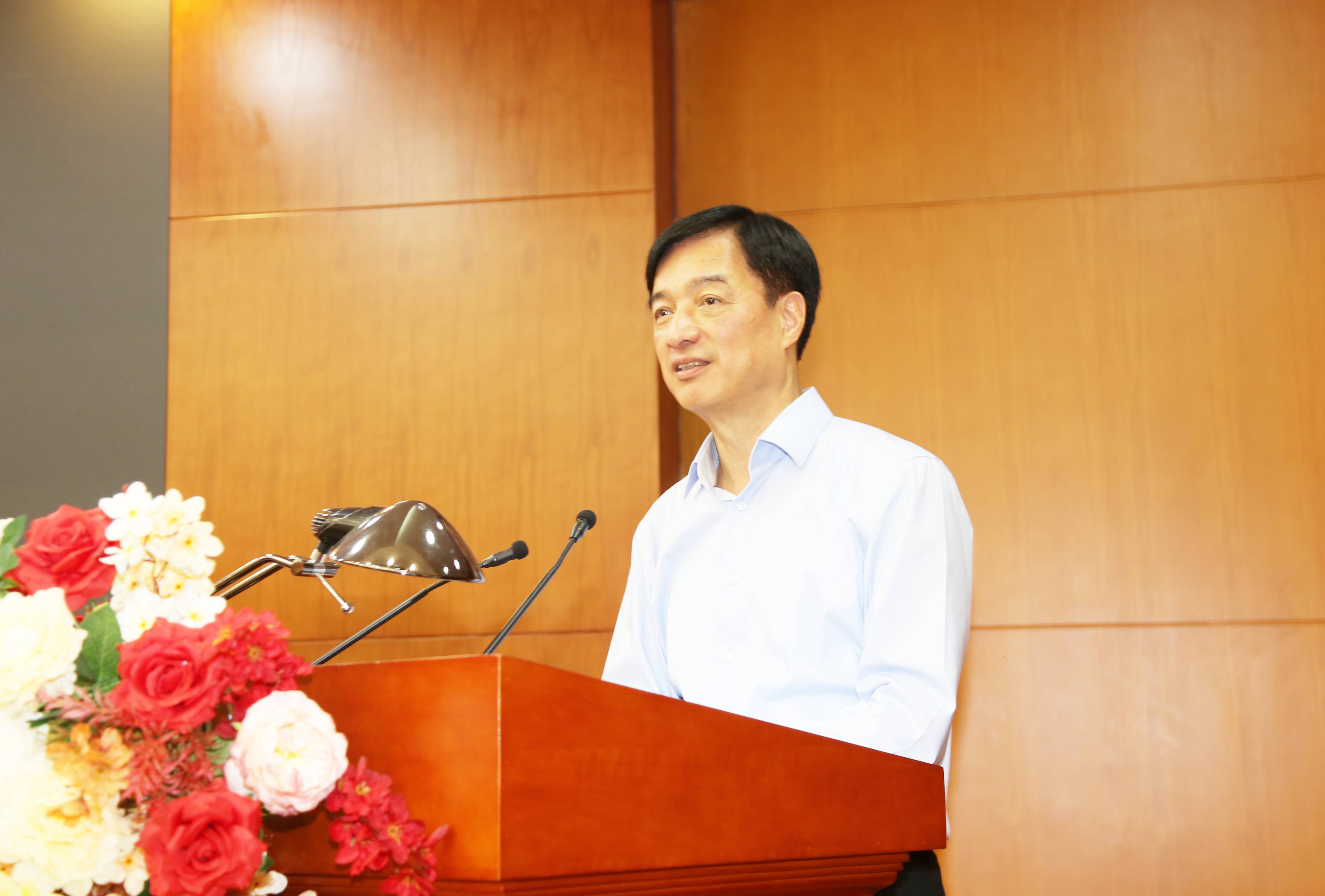








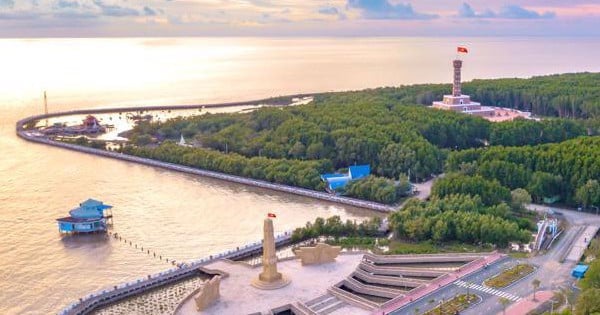




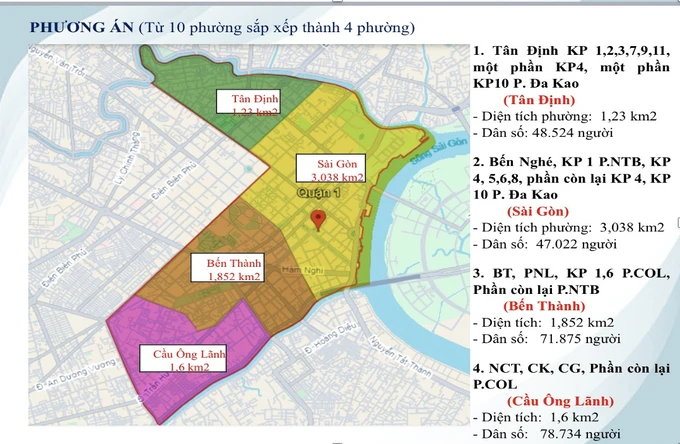

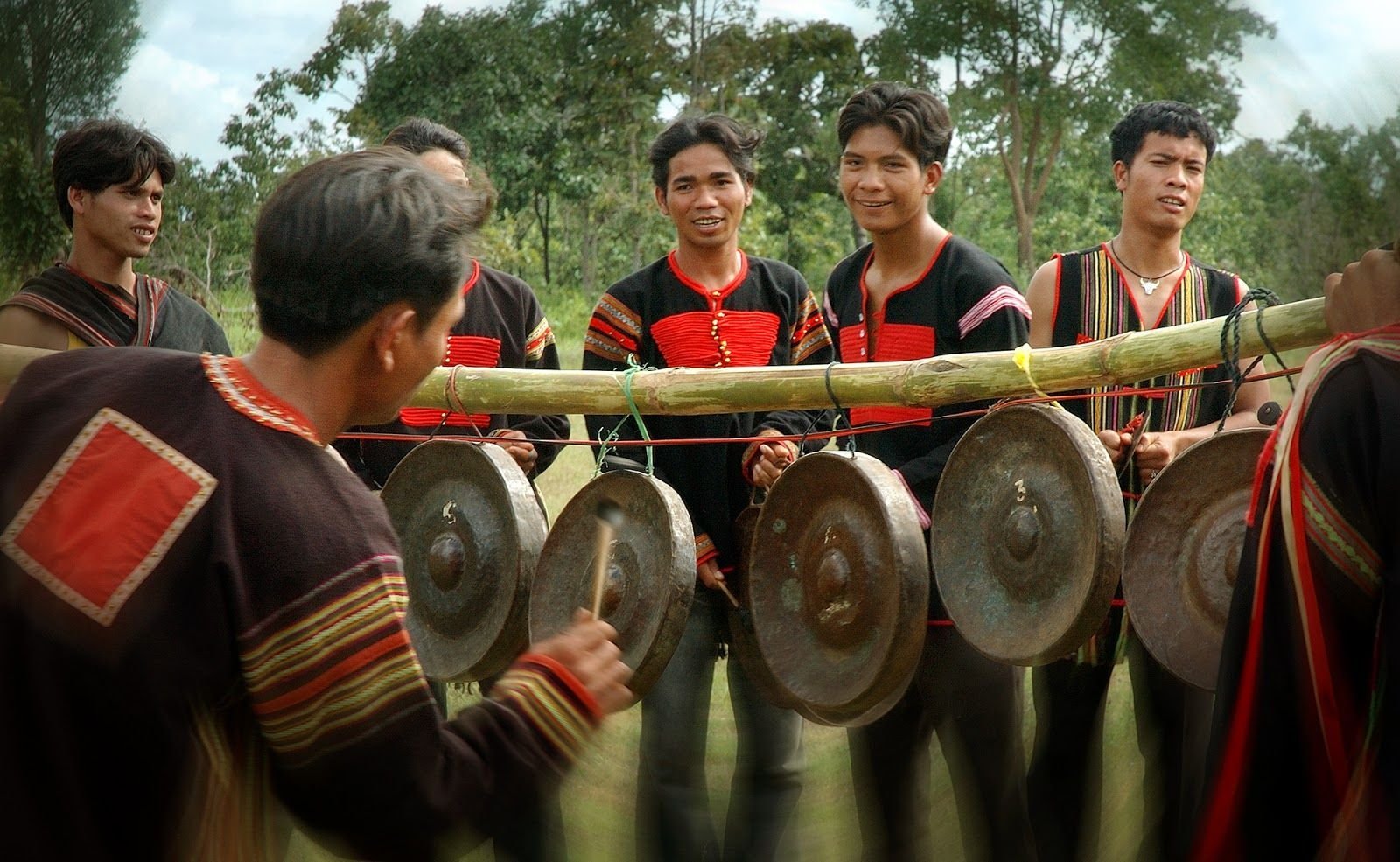





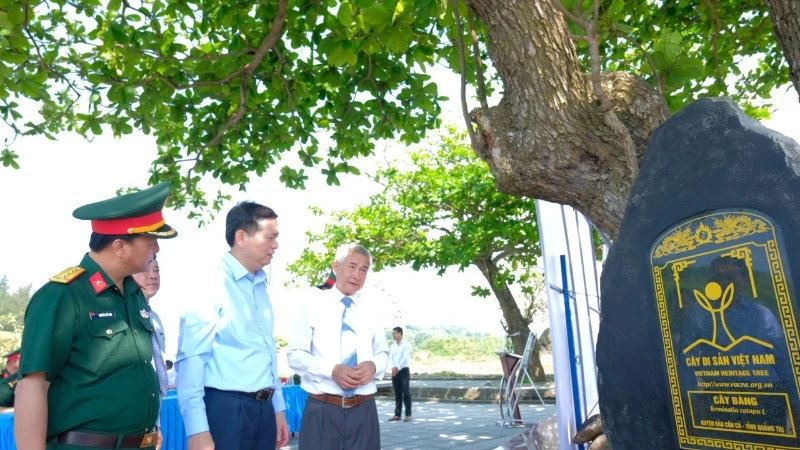

















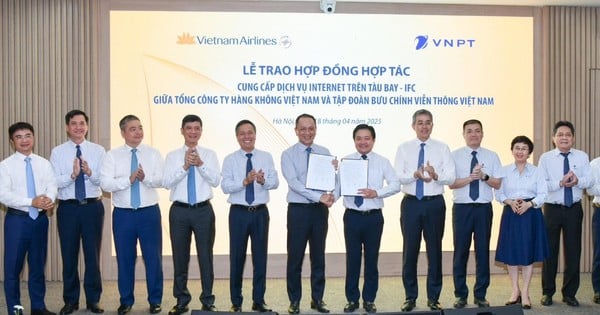
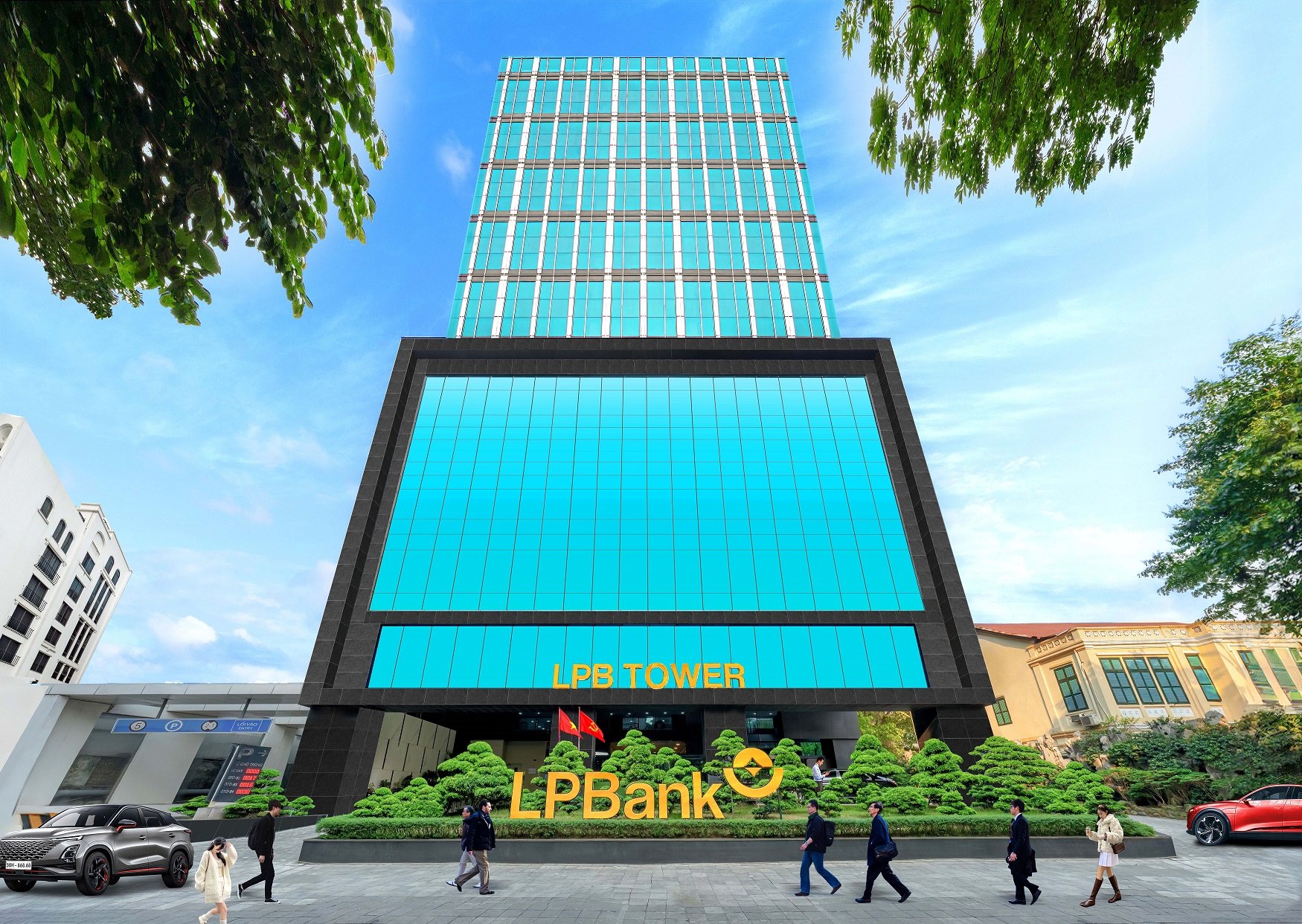






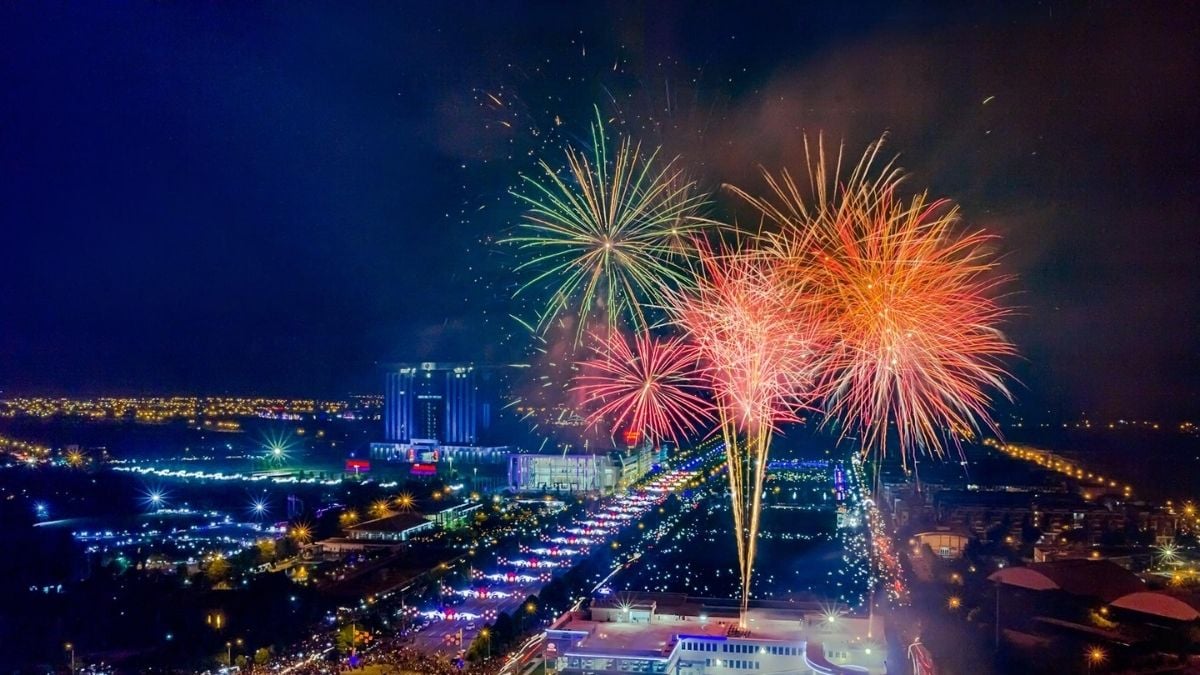
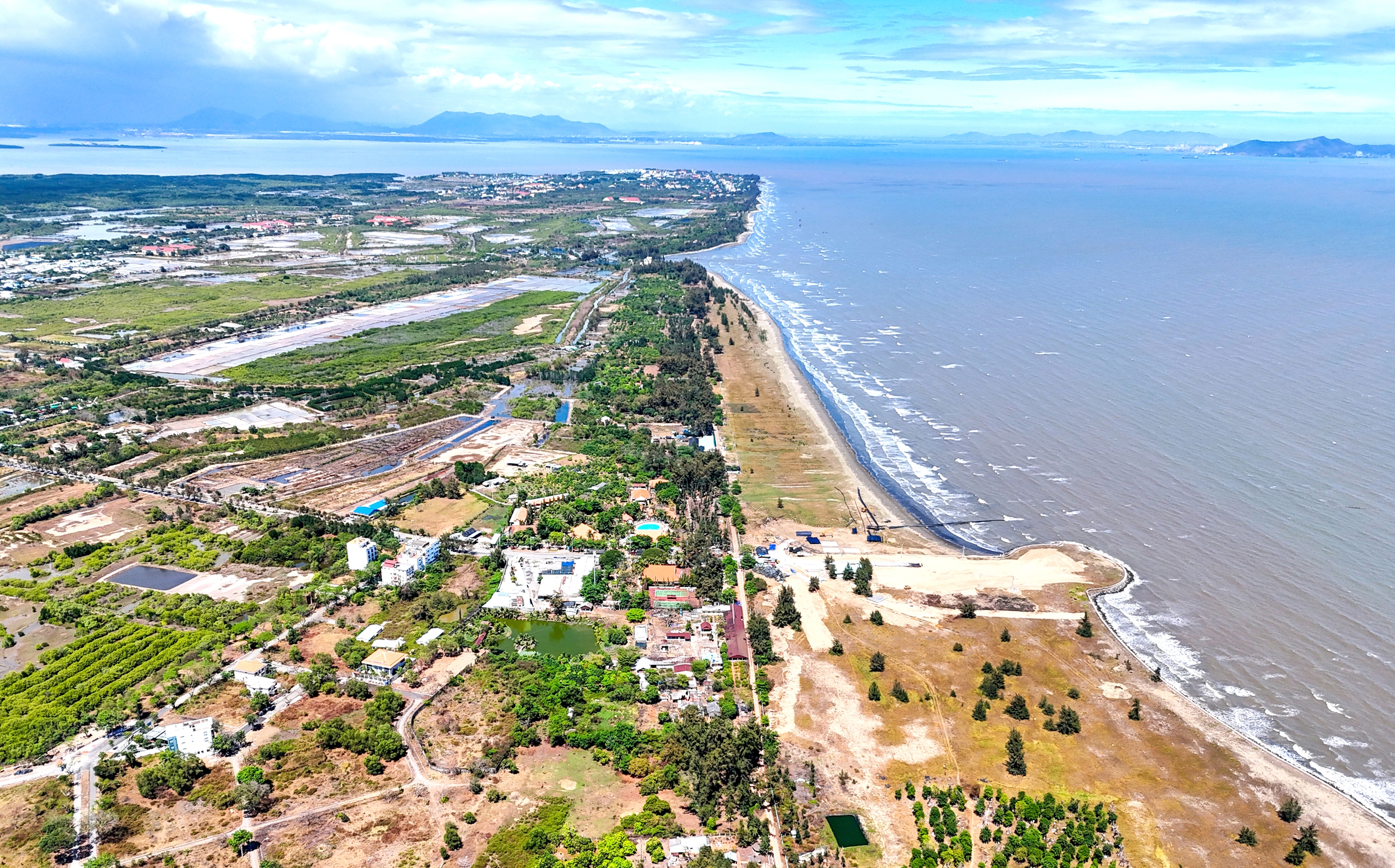



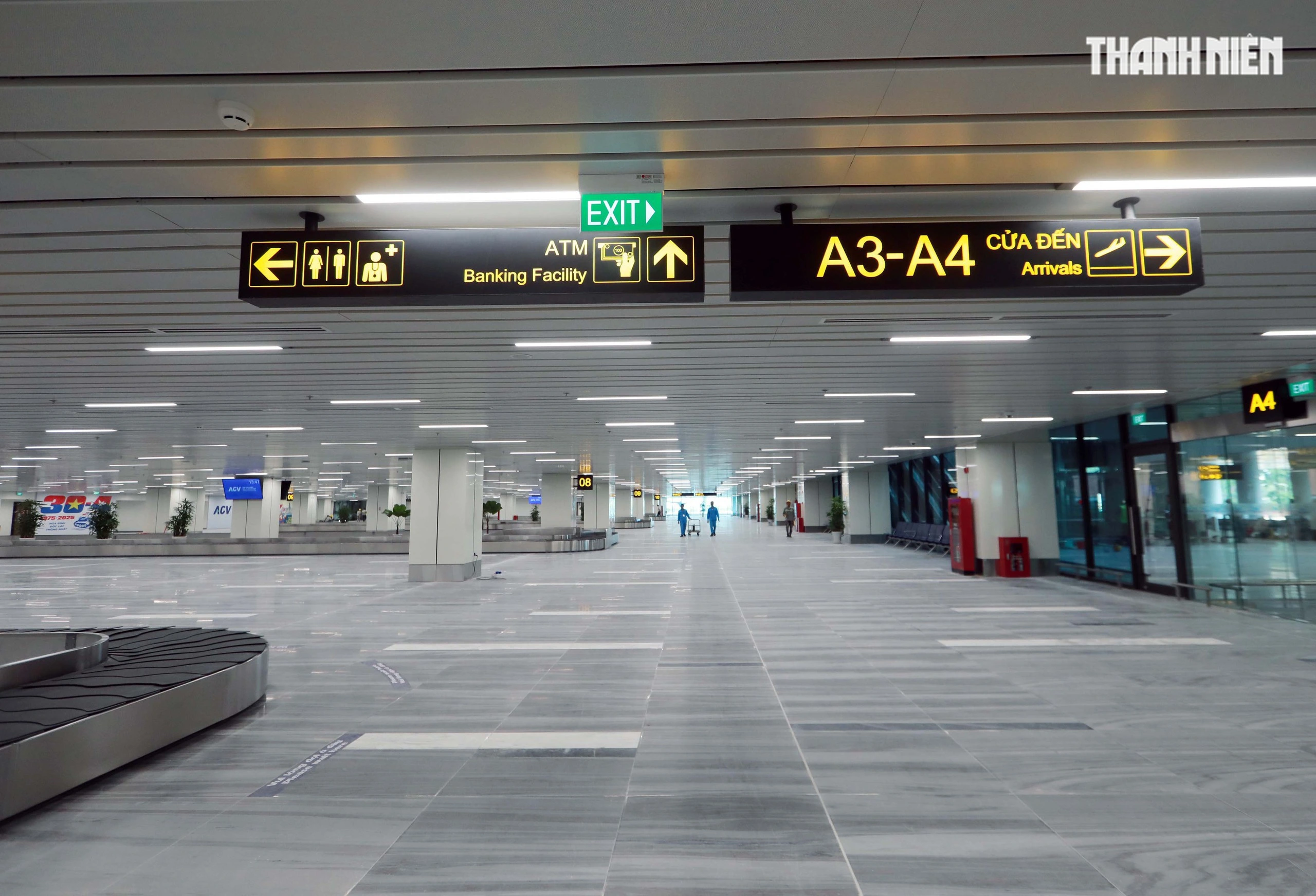





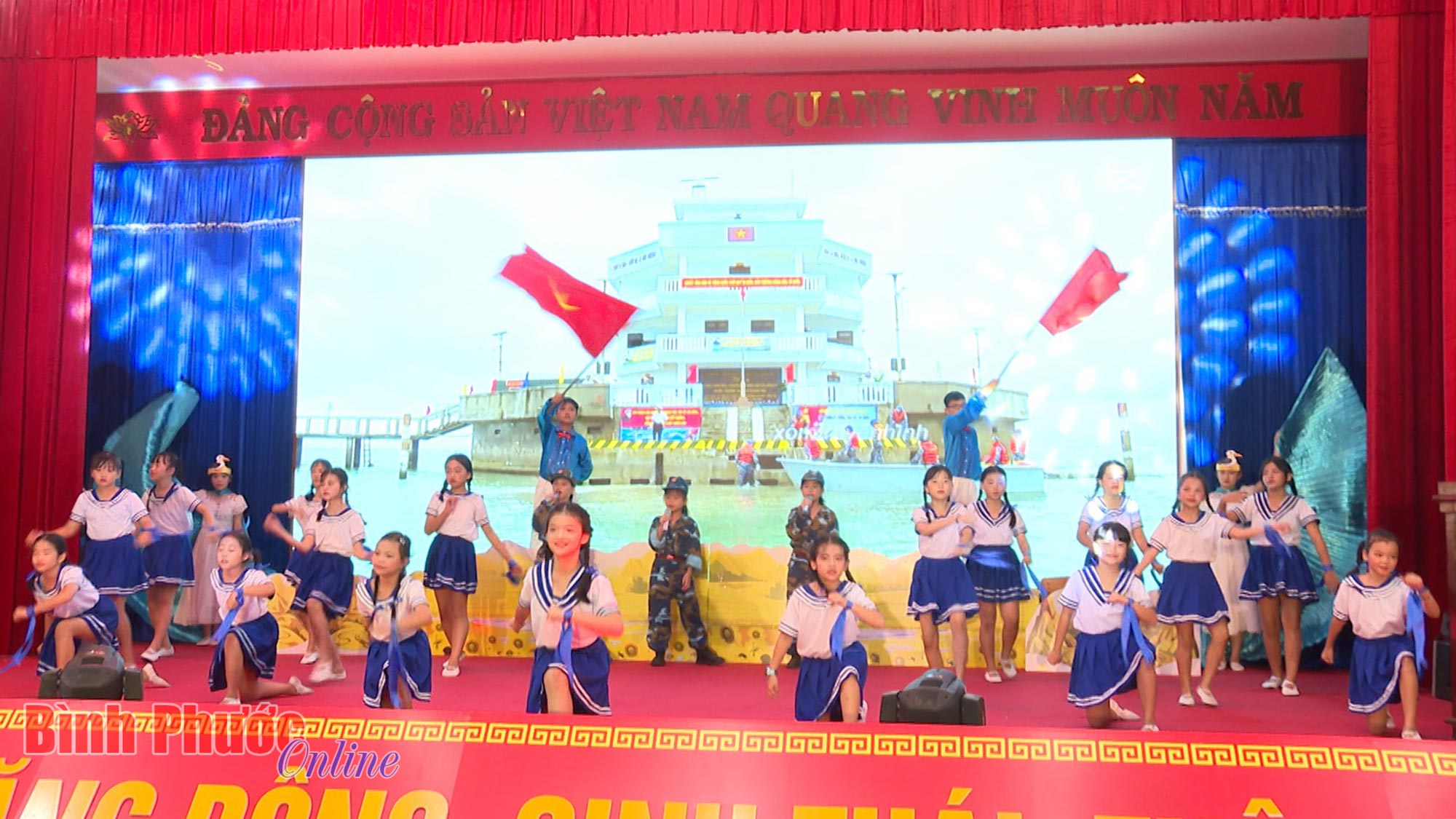

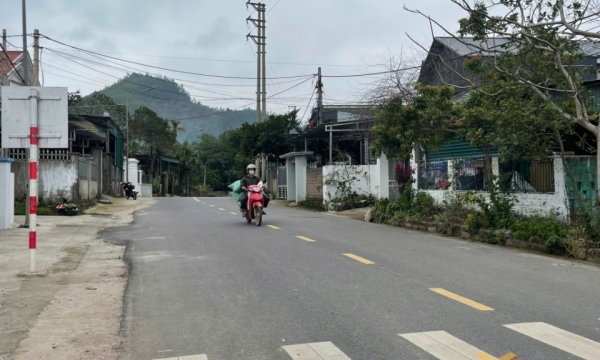

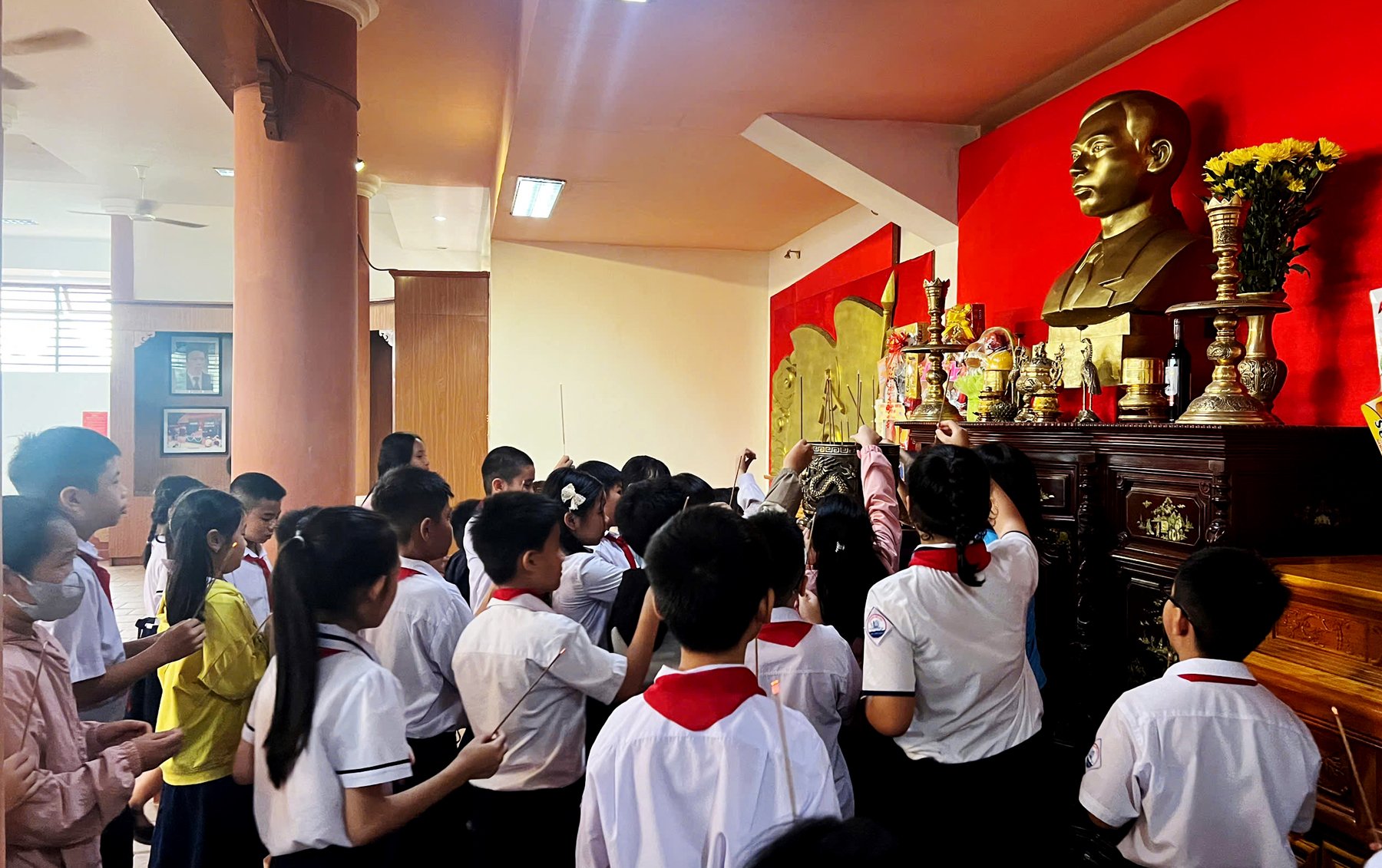

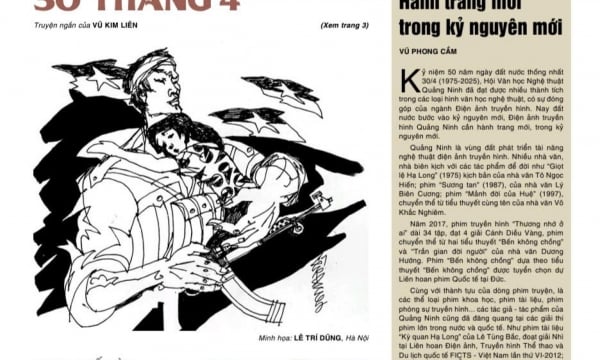











Comment (0)